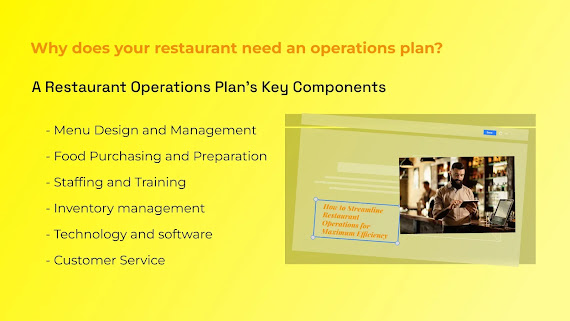Benefits & Advantages Of A Restaurant Online Ordering System
70% of customers prefer to order directly from the restaurant’s ordering system and not through other third-party platforms.
By running native online ordering (through its website), restaurants can optimize on this customer behavior, increase profits multifold, save on extremely high commissions given away to third-party portals and much more.
WHAT IS A RESTAURANT ONLINE ORDERING SYSTEM?
For the uninitiated, a restaurant’s online ordering system is very similar to that of an e-commerce website. When people are unable to visit a restaurant to eat their favorite food, they simply log on to the restaurant’s website, choose their favorite items from the online menu, add them to the cart, make an online payment (or choose Cash On Delivery) and get their food door delivered.
Customers can also be allowed to access an online menu by scanning a QR code or entering a link into the search bar. With every action being digitally performed, the involvement of a staff is reduced and so are manual errors in order taking. The entire process from food selection to delivery is also completed in a swift manner.
WHERE CAN ONLINE ORDERING SYSTEMS BE USED?
Online ordering systems can be used in any food related business - cafes, pizzerias, fine dining, casual dining, contemporary casual, family style, fast casual, fast food, food trucks, buffet, ice cream parlors, etc. If you are just starting an online food business, then adopting an online ordering system is the most cost effective solution.
An added advantage is the fact that it need not be created from scratch. An online food ordering application can directly be integrated into any of the existing food delivery website or the restaurant’s own website. It helps to save a lot of time, money and effort.




Comments
Post a Comment